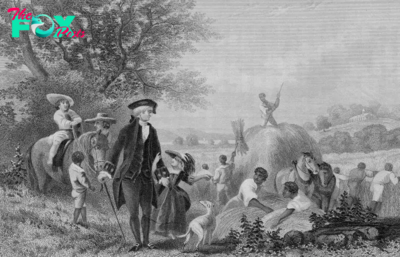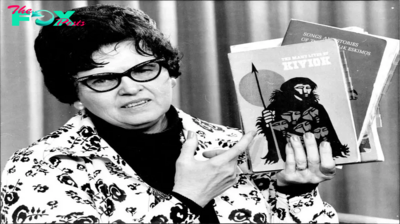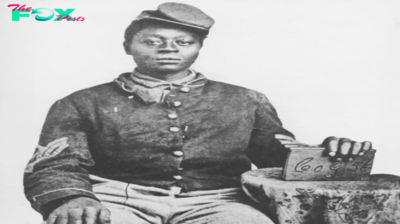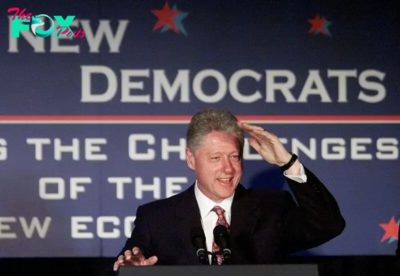History
Why Indigenous Artifacts Should Be Returned to Indigenous Communities
In January 2024, the American Museum of Natural History in New York closed its Hall of the Great Plains and Hall of Eastern Woodlands, and visitors to the Field Museum in Chicago and other museums across the country are seeing covered display cases and signs explaining that these exhibits “have been covered in consideration of ongoing legal and ethical reviews.” These closures are overdue corrections by museums that have long misrepresented and misused Indigenous history. But more than a subtraction, they are a sign of an important shift in where and how Americans learn Native American history.
It’s easy to see covered cases and closed exhibits as a loss, even if an understandable one. Most of the news coverage has explained the shift as an unavoidable sacrifice for Native rights and sensibilities, a zero-sum game in which museum-goers and school field trips are the necessary losers. Headlines proclaim closures and removals and show pictures of empty cases or the final rush of visitors before the items were taken from public view. Stories quote disappointed visitors who interpret the closures as keeping them from learning about Native Americans.
Yet this focus misses the fact that there has never been an easier time to learn about Native American histories and cultures and to see Native American art and artifacts. A field trip that may be diminished by the closures at the American Museum of Natural History can simply head to lower Manhattan to visit the NYC branch of the National Museum of the American Indian. It’s time to stop expecting Native History at museums of “natural History” and start learning it from museums and cultural centers that are run by any of the hundreds of Native nations in the United States or with their collaboration. And it’s time to start learning the quite different stories that they tell.
Until recently, exhibits about Native Americans were in museums of “natural history” because white Americans saw them as part of archaeology and anthropology rather than history. At its opening in the 1960s, the Smithsonian’s National Museum of American History had nothing about Native Americans, who instead were in the National Museum of Natural History alongside early primates and dinosaurs. The message was clear: Native Americans—perceived of as a monolithic culture—were primitive and destined for disappearance, fitting more with displays of animals than with the American History Museum’s message of technology and progress. In the early 20th century, the Yahi man known as Ishi was displayed as a living exhibit at the University of California Museum of Anthropology following the genocide of his people. In 1968, a group of Miwoks (Yosemites) visited the National Museum of Natural History and read in one of the exhibits that their tribe had gone “extinct” in the 19th century. And until the closures that happened in January, visitors at the American Museum of Natural History could see generic mannequins of Native men and women stoically conveying timeless primitiveness.
The latest changes are responding to new federal rules on the implementation of the Native American Graves Protection and Repatriation Act (NAGPRA) regarding the rights of Native nations over sacred and funerary objects of their ancestors. The National Museum of the American Indian (NMAI) in Washington, D.C., founded as part of implementing NAGPRA, was a way to responsibly deal with the large collection of Native American skeletal remains and sacred burial objects held by the Smithsonian. But the NMAI has become far more than that. Its Indigenous designers, curators, and administrators, in part with funding from Native nations, have built a public space with locations in D.C. and Manhattan where everyone can learn about Native peoples—in all their diversity—as continuing nations with living cultures, as real human beings in the past, present, and future.
The return of objects, funds from casinos and other tribal Businesses, and an ongoing renaissance in tribal Politics and culture have enabled Native nations across the country to build and renovate their own museums and cultural centers. In spite of their fraught histories with museums, some Native nations have embraced and changed museology. As Native scholar and founding director of the Chickasaw Cultural Center, Amanda Cobb-Greetham, explained to me, Native peoples have “turned an instrument of colonization and dispossession … into an instrument of self-definition and cultural continuance.” They portray their own specific peoples as a living History. Executive Director of the Museum of the Cherokee People Shana Bushyhead Condill explains of her museum, “We preserve and perPetuate the History, stories and enduring culture of the Cherokee people.”
There are hundreds of examples, including the Mashantucket Pequot Museum and Research Center in Mashantucket, Connecticut; the Osage Nation Museum in Pawhuska, Oklahoma; and the Himdag Ki: Tohono O’odham Nation Cultural Center and Museum in Sells, Arizona. These museums all teach the diverse histories of their peoples, from the distant past to the present, to Native and non-Native visitors. As Mohawk scholar Scott Manning Stevens puts it, in these Indigenous cultural centers, “living cultures are as much a part of the fabric of the institution as the artifacts still displayed in exhibits.” Many have research centers too, where tribal and non-tribal scholars can work on a more respectful and accurate study of the past.
Read More: Without Indigenous History, There Is No U.S. History
Beyond tribal museums, other museums are being built or creating exhibits with participation by Native Americans. Crystal Bridges Museum of American Art in Bentonville, Arkansas, has become a leader in incorporating Native artists and curators into its definition of “American Art.” The Penn Museum at the University of Pennsylvania does not need to cover artifacts in its “Native American Voices: The People — Here and Now” exhibit because tribal representatives helped to create it. At the First Americans Museum in Oklahoma City, funded by the Chickasaw Nation in addition to Oklahoma City and the state of Oklahoma, Native nations collaborated on the architectural design, the exhibits, and the programming. And wherever you are, you can access online exhibits and teaching resources created by hundreds of Native nations on their own past and present.
Some of the items that have now been taken out of view may come back once they have gone through the NAGPRA consultation process, but much more important is the shift away from anthropological museums being the place to see Native American historical artifacts. Native American histories are not being lost or papered over, but the location as well as the style of their presentation is shifting to a more human, forward-looking one. This is a gain for everyone. Ideally, the covered cases and closed halls will prompt visits to new places and spark new understandings of the long and continuing history—and future—of Native America.
-

 History1w ago
History1w agoWhy People Should Stop Comparing the U.S. to Weimar Germany
-

 History1w ago
History1w agoFlorida’s History Shows That Crossing Voters on Abortion Has Consequences
-
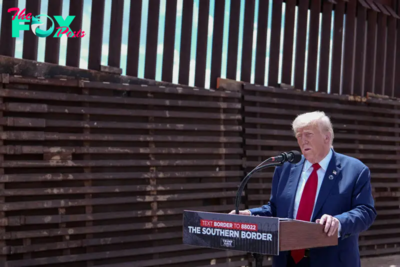
 History1w ago
History1w agoThe 1994 Campaign that Anticipated Trump’s Immigration Stance
-

 History2w ago
History2w agoThe Kamala Harris ‘Opportunity Agenda for Black Men’ Might Be Good Politics, But History Reveals It Has Flaws
-
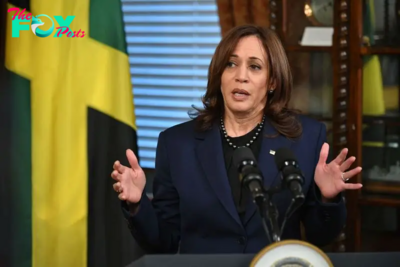
 History2w ago
History2w agoLegacies of Slavery Across the Americas Still Shape Our Politics
-

 History2w ago
History2w agoKamala Harris Is Dressing for the Presidency
-

 History2w ago
History2w agoWhat Melania Trump’s Decision to Speak Out on Abortion Says About the GOP
-
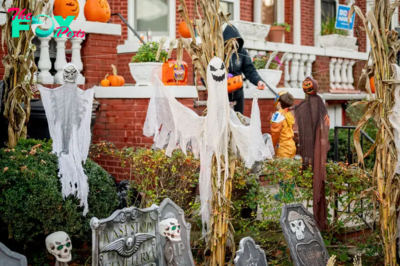
 History2w ago
History2w agoThe Long Global History of Ghosts
